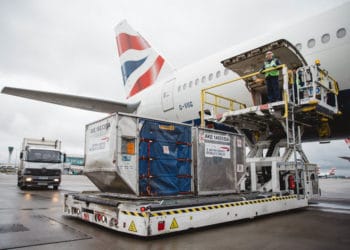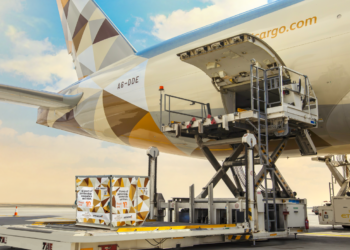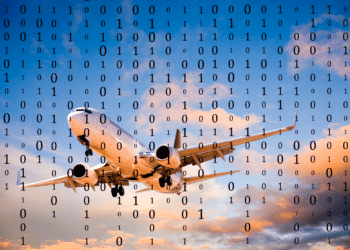No products in the cart.
IATA expands operational data analytics capabilities
Machine learning, AI support data analysis, predictions
IATA is using advancements in data gathering, machine learning and AI to enhance the analytical capabilities of its Global Aviation Data Management program. The enhanced data will inform safety, operational and sustainability decisions, IATA announced in a release today.
The Global Aviation Data Management (GADM) program collects data from several sources, including 198 airlines, the Incident Data eXchange (IDX) program and the Flight Data eXchange (FDX) program. FDX data, which comes from 15 million flights performed by 7,500 aircraft, “monitors hundreds of parameters per second, thus making GADM the most authoritative and comprehensive collection of global aviation operational data in the world,” IATA stated in the release.
“By applying better analytical tools, we are turbocharging [GADM’s] ability to inform critical business decisions,” Nick Careen, IATA’s senior vice president of operations, safety and security, said in the release. “Individual users will be able to better compare their performance to industry benchmarks when making critical business decisions. And, at the industry level, we have been able to more precisely pinpoint operational trends, as well as emerging challenges and opportunities.”
To support its increased focus on data, IATA has created a division responsible for data management and expanded its GADM and data scientist teams, according to the release.
Industry insights
Enhancing GADM’s capabilities allows users to better:
- Identify emerging safety risks, whether by specific airport, region or type of operation. This analysis is beneficial for carriers exploring new destinations and for regulators formulating aviation safety strategies, according to IATA. For example, IATA recently used GADM data to identify GPS signal loss in specific geographies as an emerging safety risk.
- Measure fuel efficiency. Since 2005, IATA has worked with airlines to identify average potential fuel savings of 4.4% across flight dispatch, ground operations and flight operations, according to the release.
- Calculate aircraft emissions with a more granular measurement of aircraft fuel burn and more efficient CO2 emissions tracking.
- Predict aircraft performance using predictive analytics, particularly in fuel consumption.
“Data is at the center of more and more of IATA’s activities as the global trade association for airlines,” IATA Chief Information and Data Officer Kim Macaulay said in the release. “It’s not about storing it for posterity, but rather using data to provide better analysis and, more importantly, solutions to industry issues.”











![COVID-19 vaccine draws international cargo carriers to Grand Rapids [2]](https://aircargonext.com/wp-content/uploads/2020/12/FX-GRR-2-120x86.jpg)




